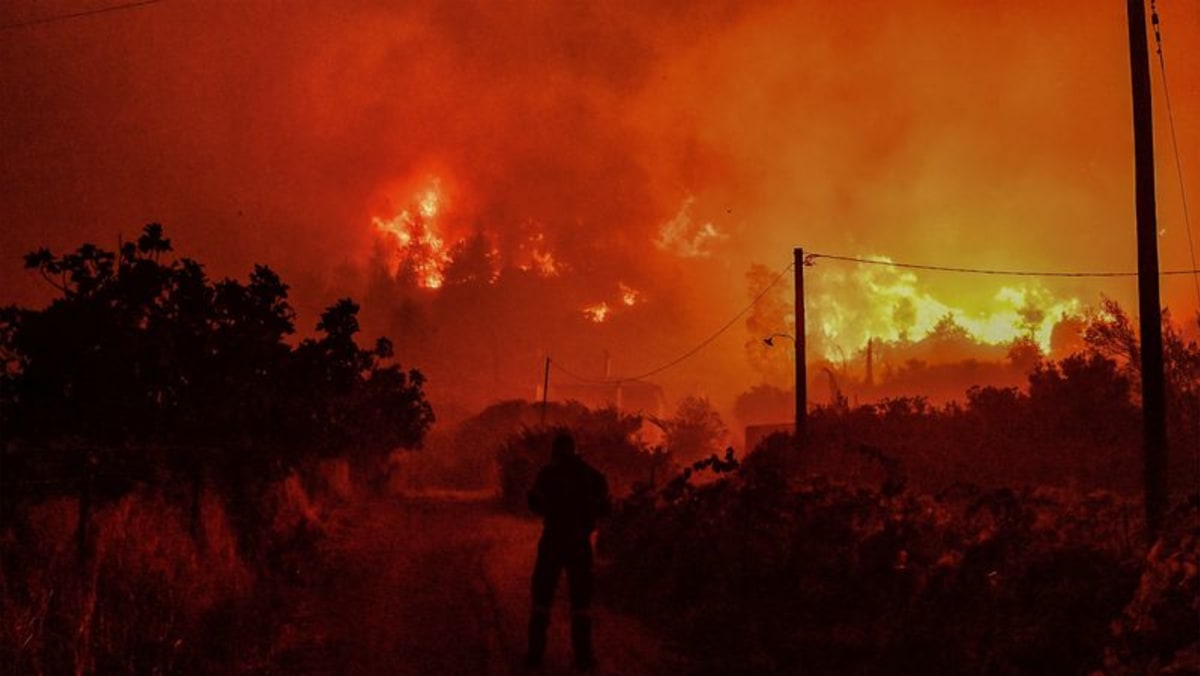Sceye partners with NASA, USGS to monitor wildfires, storms from the edge of space

Aerospace startup Sceye has partnered with NASA and the U.S. Geological Survey to deploy climate management tools to monitor wildfires and storms from the edge of space, the company and the government agencies exclusively told Reuters on Tuesday.
Sceye’s High Altitude Platform System (HAPS), powered by solar energy, looks like an airship, which can carry a wide array of sensors for Earth observation and disaster response.
This comes as part of a cooperative research and development agreement between the three entities signed in 2021, with no money exchanging hands.
As part of the deal, NASA, USGS and Sceye will explore sensing capabilities and test the endurance of the hyperspectral imaging system in the stratosphere.
HAPS, which can hover at altitudes exceeding 60,000 feet, promises to be a cheaper and more effective alternative to satellites and observation equipment running on small aircraft.
Satellites in orbit with similar capabilities require expensive rockets — which are in short supply — and are not designed to return from space, while small aircraft have operational time limitations.
Conversely, Sceye’s platform can take off from a launch site to the desired altitude in about half an hour.
“We’re about 10 times cheaper than the alternative because the alternative is to use Cessna flights that take off and land and have a human pilot it,” Mikkel Frandsen told Reuters in an interview, adding that a HAPS system costs less than $10 million to build.
The company, founded by Frandsen in 2014, announced a late-stage fundraise in September, which valued the startup at $525 million pre-money and gave the company enough liquidity to launch commercial operations next year.
Sceye’s platform offers an advantage over alternatives, as it can carry multiple types of payloads, which would increase a satellite’s weight and, by extension, its launch costs by millions of dollars.
“(HAPS is) unique in the sense that they have this ability to lift what we’re calling multi-mission payloads, meaning lots of different sensors into the stratosphere,” said Jonathan Stock, Director of the USGS National Innovation Center told Reuters.
Stock said that Sceye’s platform can continuously collect crucial highly detailed data about environmental events like wildfires, storms and earthquakes, which can make forecasts more accurate and reliable, while being “an order of magnitude cheaper.”
Source: CNA















